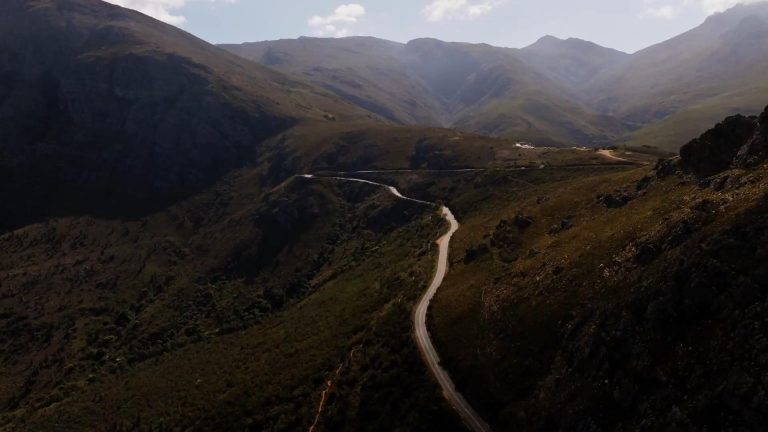Source: Professor Johann Willemse, SAPPO News, January 2022, photo credit: 123RF/olegdudko
Working with farmers and thinking about the trends we could expect during 2022, it is clear that it will be another difficult year with a number of potential shocks (such as the local feed crop size with water damage), while there is also a number of trends that will continue to make business difficult for farmers.
Clem Sunter talks about “rules of the game” that we need to take into account. It is those trends that are in place and are a given. We can only take cognisance of it and position our business accordingly. No use dwelling on the rules of the game for 2022.
The rules of the game for 2022, for farming can be summarized as follows.
• Government will not govern and will spend their energy on in fighting and staying out of jail, with most being implicated in corruption and trying to position themselves in the faction fights. So, I do not expect any business friendly policy changes.
• Government services will remain dismal, with a further deterioration in roads and infrastructure and cost increases. This is one of the biggest risks for agriculture that needs good infrastructure to move inputs (feed) and products to market, while the supply of affordable and un-interrupted electricity remain a wish. Farmers are busy “taking over” the gravel roads in some rural areas and repair it themselves. Privatisation by default?
• Unemployment (currently just below 50%) and hunger prevalence (one out of three people) will increase. Crime and the cost of protecting your business and property will remain a challenge. Privatising the police service to private security?
• Interest rates will increase during 2022, the question is by how much. Credit will become more difficult.
• Inflationary pressure in agriculture (on the input side) is a real threat to cash flow, profitability and financing the cost of ever increasing input prices (feed, fertiliser, fuel, taxes ,electricity etc.)
• The population needs to eat, and the costs of imported food continue to increase (and the costs to import). Food demand will continue to grow, especially proteins that offer good value for money, i.e. pork and chicken.
The large amount of social grants, currently around R250 bn to approximately 27 million people will continue. Indications are that it will change to a basic income grant to people without income and a number of up to R595 per person is floating around.
We will most probably get more certainty at the 23 February, budget speech. The fact is this is supporting the food market and indications are that 50-60% of this money is spend on basic foods, supporting local food producers indirectly.
Risk for pig producers
Given the previous view on some rules of the farming game, the biggest risk during the next few months will be the size of the local maize and soybean crops. Current prices for maize and soybeans are trading at near export price levels, discounting the previous seasons large crops and sufficient local supplies. The debate is currently how large will the new crops eventually be and what will the quality be? The first indication will be on 28 February with the first crop estimate.
Given the water damage and other factors, a potential drop in yields of up to 15%, is the view of most farmers. This will result in lower local supplies, with the potential to slowly move prices higher away from current export linked prices. In the case of yellow maize, the upward price potential is currently around 40% and for soybeans 25% to get to import prices.
To conclude: the rules of the game are outside our control. We can position our business accordingly, which is an ongoing process. The crux is, keep your business flexible to be able to adapt to continuous change. Climate during the next few weeks will determine crop sizes and prices.
Keep your overheads as low as possible to be able to survive with lower margins. Unfortunately, you will have to keep on investing in new technology, from breeding to feed and management, to remain competitive in a very competitive market.
Cash flow is King and Queen, given a tightening in the interest rate cycle. Banks are also tightening their lending criteria. If you need financing, start the process early and do not wait until you are low on cash flow!
Lastly, be aware of your risks and focus on what you can manage within your ambit of control. This year will not be a smooth ride for all farmers and business owners, small or big.
The South African Pork Producers’ Organisation (SAPPO) coordinates industry interventions and collaboratively manages risks in the value chain to enable the sustainability and profitability of pork producers in South Africa.









